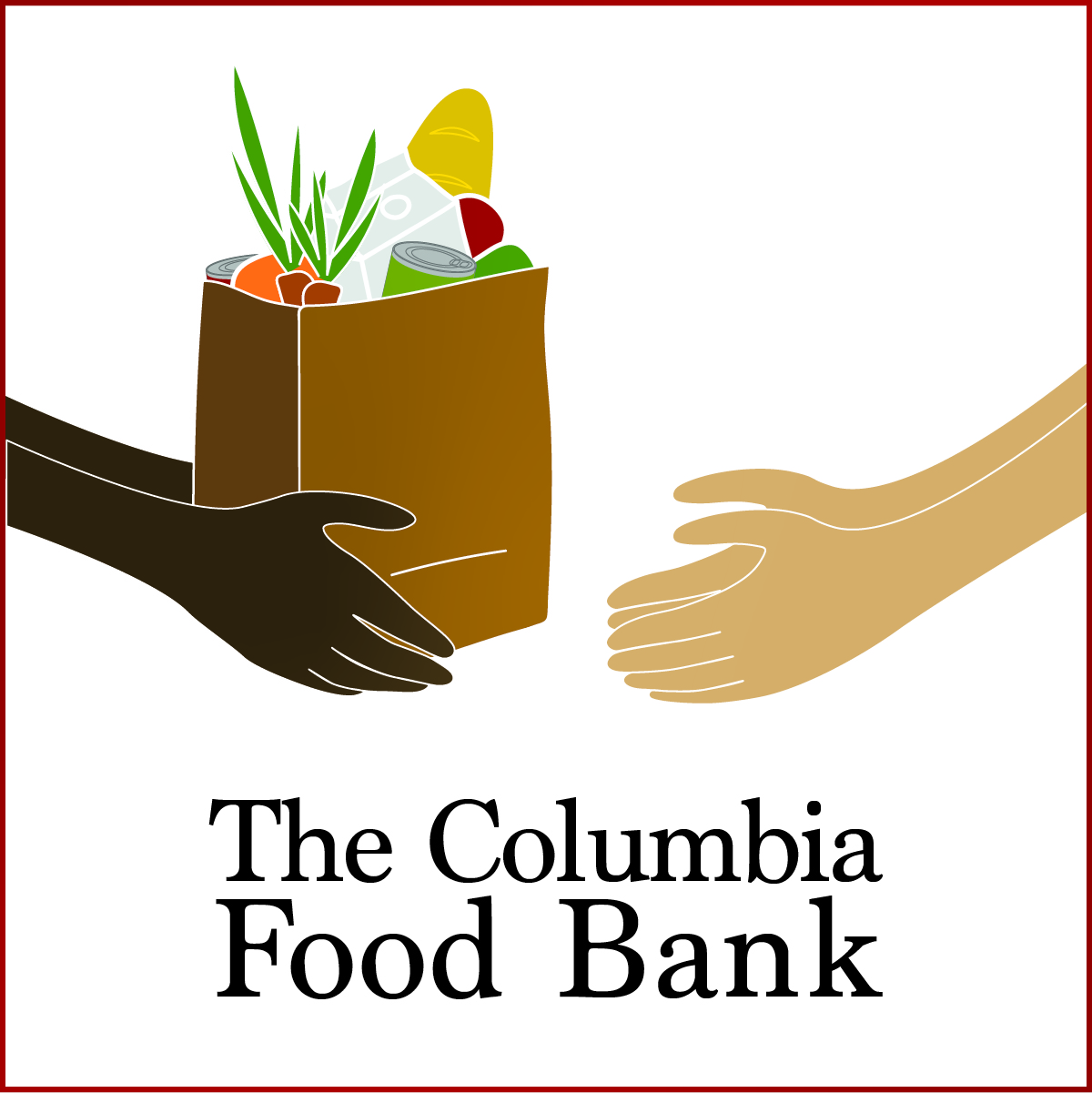TEN-STEP PROCESS TO PROVIDE ASSISTANCE
Due to our physical constraints, our volunteers have to handle every pound of food 10 times. So, in effect, groceries and canned goods travel a long way before landing in the hands of those in need in our community.
1. Receive and Process Food Donations and Purchases
a. Donations come from individuals, churches, social / civic
organizations, schools, and businesses.
b. In addition to donations, the food bank purchases food from
the Central Pennsylvania Food Bank 2 - 3 times a year. Each
purchase is in excess of 10,000 pounds.
c. The food bank also purchases groceries from local stores and businesses.
d. We don't have a loading dock so all food has to be unloaded into the church parking lot.
2. Transport the food into the Church
Once the food has been unloaded, it needs to be reloaded onto carts and pushed up the ramps into the church.
3. sort and/or inventory the food products for delivery to the storage area on the second floor.
a. Regulations require that we record and weigh every pound of food that is donated or purchased.
b. Purchased food products usually arrive in cases/cartons/other containers which makes handling and inventorying much easier.
c. Food drives present a real challenge because the food comes in unsorted and in various types of containers. It takes a lot of people a lot of time to sort anywhere from 1,000 to 15,000 pounds of food.
d. All food is then transported to the foot of the steps leading to the storage area on the second floor.
4. the dreaded 23 steps!!
a. Every pound of canned or packaged food must be carried up a flight of 23 steps and staged outside the main storage area.
b. What goes up, must come down - THE SAME 23 STEPS!!
c. Over the course of a year, our volunteers will carry almost 80,000 pounds of food up and down those 23 steps. That's 160,000 pounds or 80 TONS of food because we don't have an elevator!
5. Storage
a. All non-perishable food products are stored on the second floor of the church.
b. The inventory is constantly being monitored for expiration dates and the amounts of food available by category.
6. Picking and packing the food for distribution
a. Each family is given enough food for 24 – 25 meals per family member.
b. Great effort is made to ensure that the food is appropriate for each family member, i.e., adults, older children, youngsters, and infants.
c. In addition to non-perishable items, food distributed may include ground beef, hot dogs, cheese, fresh vegetables (in season), eggs, butter, and fresh fruit (in season) plus donated breads and pastries.
7. Food taken by the client
a. Food Bank clients must register and qualify for food each month. This usually takes place on each Monday of the month. Please see APPLY FOR FOOD for qualification requirements.
b. After all of the groceries have been bagged, our clients arrive to pick up their food on Tuesday or Wednesday of the week they were screened.
8. Pick and pack operations
Every Monday afternoon, volunteers pull food from the shelves in the storage area to replenish the inventory distributed the previous week.
9. here we go again - the dreaded 23 steps!!
Volunteers and young men from Manos House come on Tuesdays and carry the replenishment stock down the same 23 steps to restock the cabinets in the distribution center.
10. Restock distribution cabinets
a. Food is distributed from cabinets on the first floor.
b. Each week these cabinets need to be re-stocked.
c. Thank God for our volunteers!











